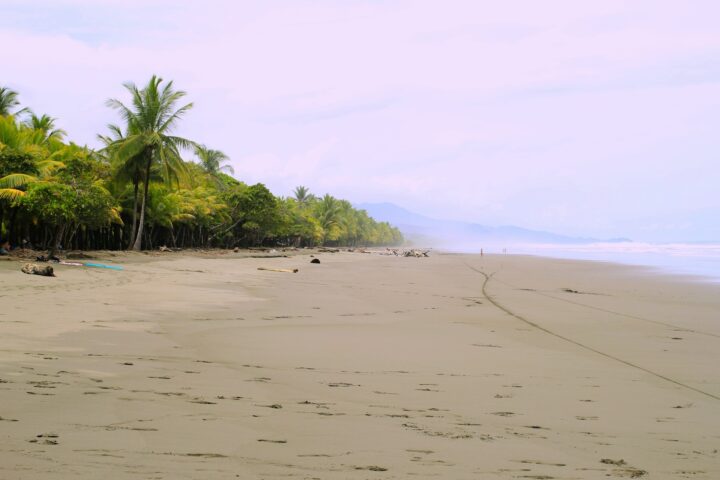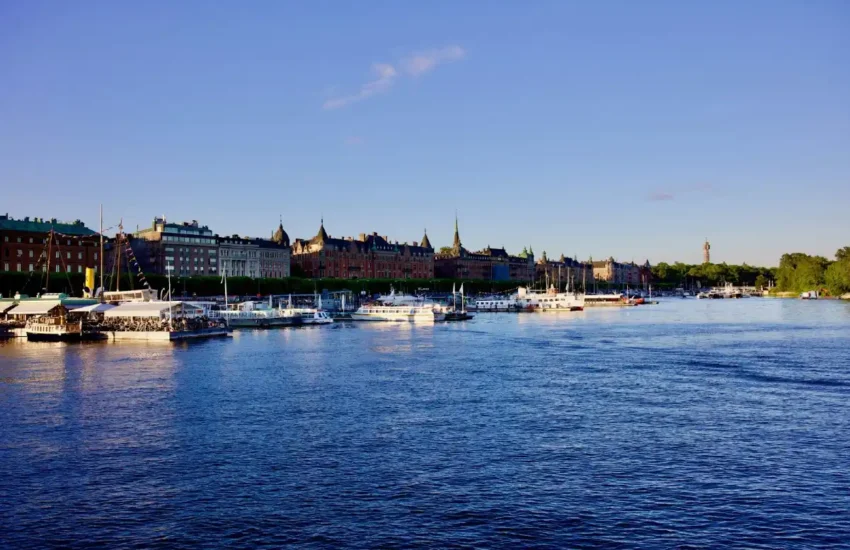Discovering Costa Rica’s Hidden Gem: The Osa Peninsula
Costa Rica has long been a favorite destination for nature lovers and adventure seekers, but if you’re looking for a truly off-the-beaten-path experience, the Osa Peninsula should be at the top of your list. This remote and wild region offers some of the most pristine and biodiverse ecosystems in the world, making it a paradise for eco-tourists and wildlife enthusiasts.
Why Visit the Osa Peninsula?

The Osa Peninsula, located in southwestern Costa Rica, is often described as one of the most biologically intense places on Earth with a desirable quality of life. Here’s why it’s worth the journey:
- Unparalleled biodiversity: The peninsula is home to 2.5% of the world’s biodiversity, despite covering only a tiny fraction of the Earth’s surface.
- Corcovado National Park: This vast protected area covers nearly half of the peninsula and is Costa Rica’s crown jewel of national parks.
- Pristine beaches: The peninsula boasts some of the most beautiful and untouched beaches in the country.
- Abundant wildlife: Visitors have the chance to spot jaguars, tapirs, scarlet macaws, and all four species of Costa Rican monkeys.
- Marine life: The surrounding waters are rich with marine life, offering excellent opportunities for whale watching, dolphin spotting, and snorkeling.
Getting There and Around
Reaching the Osa Peninsula requires some effort, but that’s part of its charm. Most visitors fly into Puerto Jiménez, the peninsula’s main town, or take a boat to Drake Bay. Once there, transportation options are limited, so be prepared for some adventure:
- 4WD vehicles are often necessary for navigating the rugged roads
- Boat taxis are a common way to access remote lodges and beaches
- Some areas are only accessible by foot or horseback
Top Activities on the Osa Peninsula
- Hiking in Corcovado National Park: Explore one of the world’s most biodiverse rainforests with a guided tour.
- Wildlife watching: Take a night tour to spot nocturnal creatures or join a birdwatching expedition.
- Surfing: The peninsula’s southern point offers excellent waves for experienced surfers.
- Kayaking: Paddle through mangroves and spot wildlife along the Golfo Dulce.
- Snorkeling or diving: Visit Caño Island Biological Reserve for some of Costa Rica’s best underwater experiences.
- Waterfall rappelling: For adrenaline junkies, this activity combines hiking with thrilling descents.
Where to Stay
The Osa Peninsula offers a range of accommodations, from eco-lodges to luxury resorts:
- Drake Bay: Perfect for those seeking a balance of comfort and nature immersion.
- Puerto Jiménez: The main town offers many options such as the popular Osa Beach House.
- Remote lodges: For a true wilderness experience, consider staying at one of the isolated eco-lodges along the coast or in the rainforest.
Best Time to Visit
The dry season (December to April) is generally the best time to visit, offering clearer skies and easier trail conditions. However, the “green season” (May to November) has its own charm, with fewer tourists and lush, vibrant forests.
Practical Tips
- Book in advance: Due to limited accommodations and strict park regulations, it’s essential to plan ahead.
- Hire a guide: Local guides are not only required for entering Corcovado National Park but also invaluable for spotting wildlife and understanding the ecosystem.
- Pack appropriately: Bring quick-dry clothing, good hiking shoes, and plenty of insect repellent.
- Be prepared for basic amenities: Many lodges operate on solar power and may have limited Wi-Fi and air conditioning.
- Respect the environment: Follow Leave No Trace principles and support eco-friendly businesses.
The Osa Peninsula offers a rare opportunity to experience one of the world’s last remaining wild places. By visiting responsibly, you’ll not only have an unforgettable adventure but also contribute to the conservation of this incredible ecosystem. So pack your sense of adventure and prepare for a journey into the heart of Costa Rica’s natural wonders!


